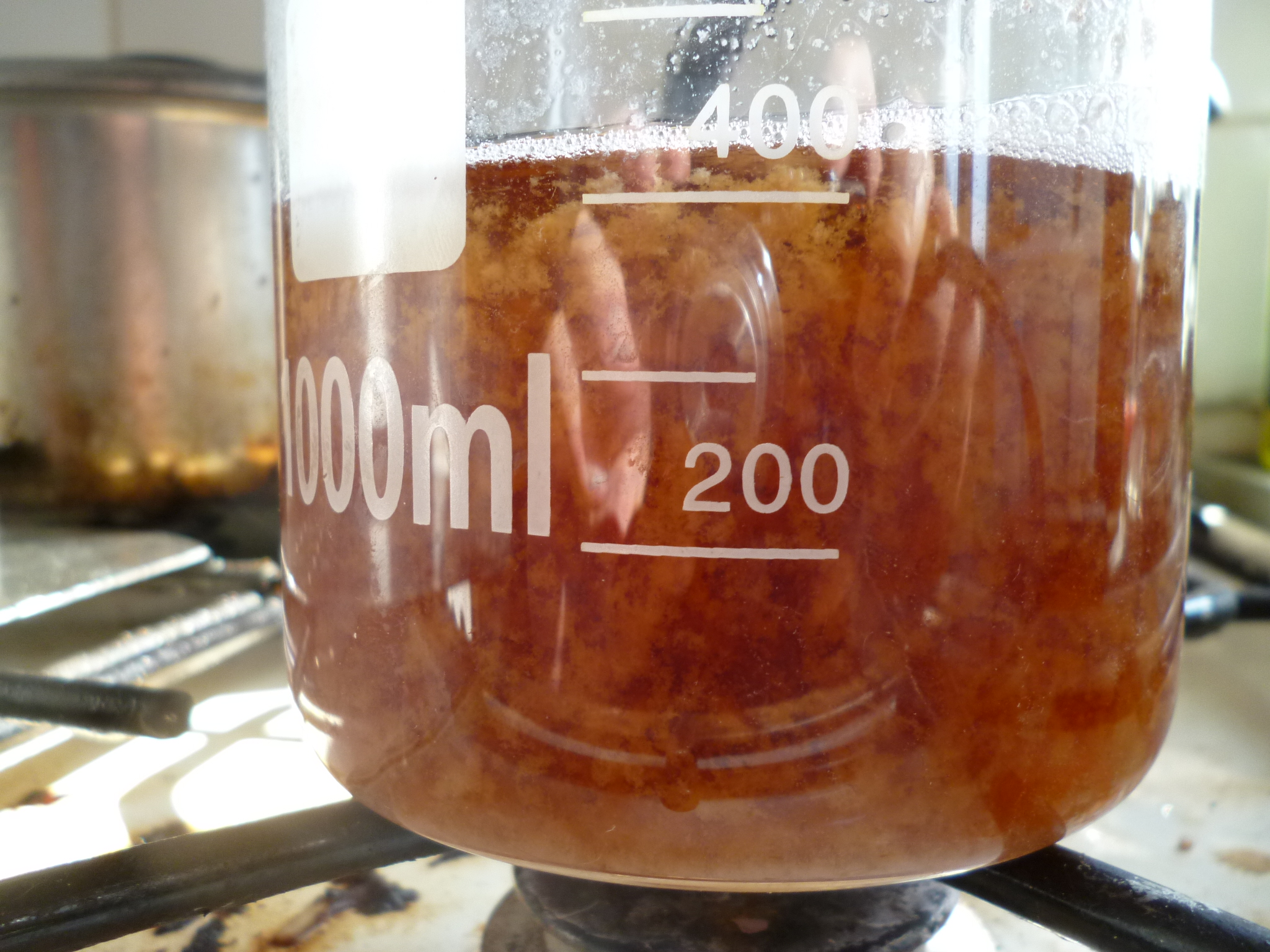Sadfield
Landlord.
Agreed. I think any misinformation comes from people reading Palmers How To Brew, then forgetting one of the points on either side of this debate. The hot break starts to happen at the beginning of the boil, and foaming is an indication of the hot break forming. However, the foam isn't the hot break, it is the stuff that becomes more visible at flame out when the wort isn't moving in the boil. Everyone is correct to some degree, but not entirely.I've wondered about this "mis-information" myself, and there seems to be an Atlantic divide. Most American references seem to call the foam at the start of the boil the hot break whereas in the UK the hot break is the clumps of protein you see towards the end of the boil.
I think part of the confusion is that the mechanism behind these two occurrences is essentially the same, ie denaturing and coagulation of proteins and tannins due to the heat and agitation.
So I think it's more accurate to say that the foaming at the start of the boil is the beginning of the hot break but it's not complete until the clumps are large and stable enough to easily precipitate, which is when the wort has the so called "egg drop soup" look. I suppose it doesn't really matter what you call it as long as we know what's meant.
Regarding the op, I usually don't skim the foam unless I'm brewing something light and delicate like a pils or kolsch. I'm not sure it makes any difference, but Gordon Strong reckons it can affect clarity.
Sent from my KFAUWI using Tapatalk








































